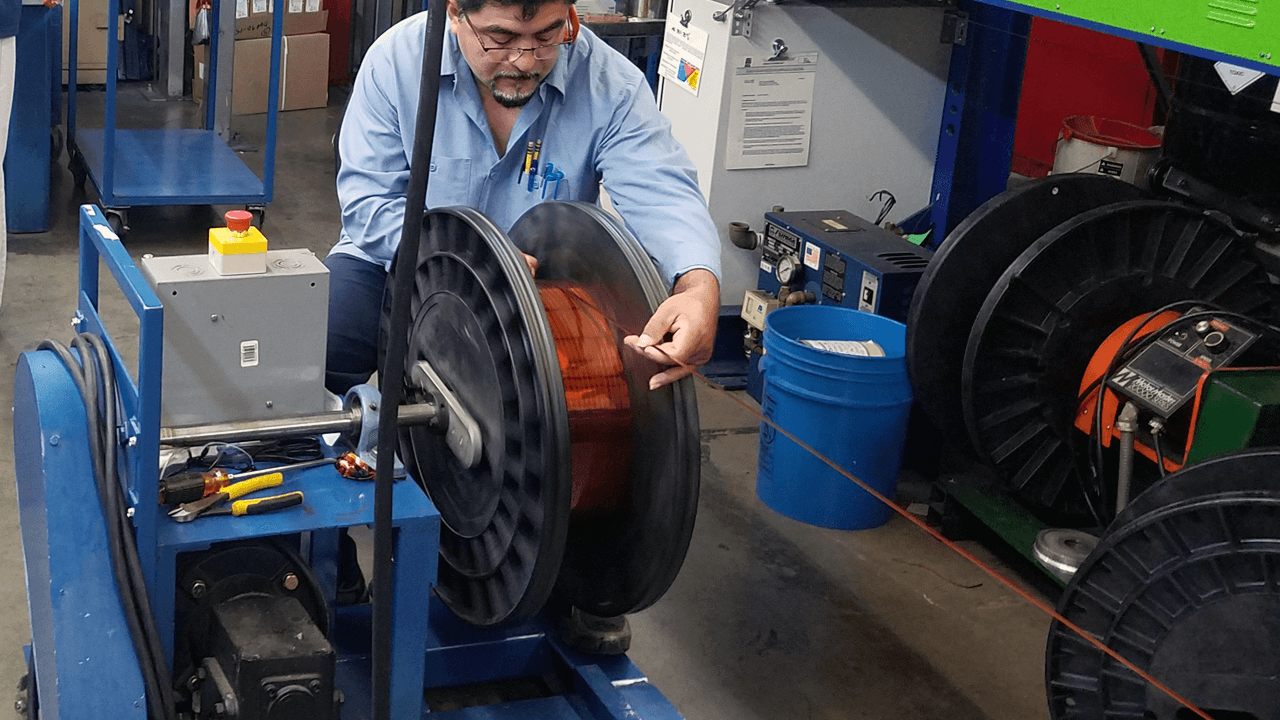MWS Wire / Home Feature /
What Else Can Magnet Wire Do?

Magnet wire can be found in a plethora of everyday items, even in planes. Electrically powered model aircraft have been flown since the 1970s, with one unconfirmed report as early as 1957. They have since developed into small battery-powered unmanned aerial vehicles or drones, which in the twenty-first century have become widely used for many purposes.
However, while we may see incredibly fast electric sports cars like Tesla’s on earth, speed in the sky is a different story. Using electrical power to actually propel planes, specifically large, heavy commercial planes, is a more complicated challenge. In a conventional jet airplane, the engine sucks air in through its front, a compressor squeezes it, and fuel is sprayed in and lit, creating burning gases and forward thrust. Electric plane power is much simpler. Batteries power an electric motor that spins a propeller. It’s more efficient, but involves far less thrust, which is why electric planes tend to be slow. It may be a lot more eco friendly, but for now, commercial electric planes aren’t as efficient with our busy travel schedules.
Magnet wire can also be used to power wind tunnels. Wind tunnels are used to test automobiles and aircrafts. Specifically, they help engineers determine the performance of, and eliminate “bugs” in, new designs of civil and military aircrafts and vehicles without risking the safety of a test driver/pilot or costly aircraft. The biggest wind tunnel on the planet is at NASA’s Ames Research Center. This subsonic tunnel, which can test planes with wing spans of up to 100 feet, is more than 1,400 feet long and 180 feet high. It has two test areas: one 80 feet high and 120 feet wide, the other 40 feet high and 80 feet wide. Air is driven through these test segments by six 15-bladed fans. Each fan has a diameter equivalent to the stature of a four-story building. The fans are fueled by six 22,500-horsepower electric motors that use magnet wire to help power them.
